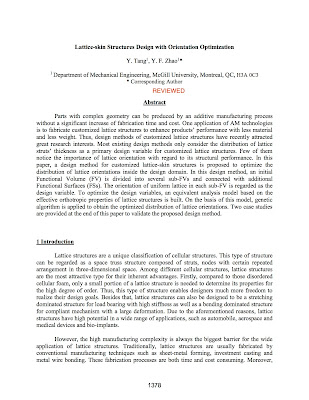 |
| ~The B-21 is a long range strategic bomber under development by Northrop Grumman. |
As with each blog, you should choose an interesting visual to entice people to read what you have written.
Who do you plan to interview? What is this person's area of expertise?
I am unsure about who I will be interviewing next; however, it will most likely be one of my mentor’s coworkers. Since I’m not sure about who I am going to interview yet, I cannot really tell what my interviewee’s exact expertise is, but I know that he/she will be working with the aerospace industry(most likely manufacturing or design/research).
Post 20 open-ended questions you want to ask an expert in the field concerning your senior project. Your focus should be finding answers to your EQ.
How will biofuels change commercial and military aviation?
How long do you think will it take for biofuels to before the primary source of fuels?
Are there any other alternative energy sources that may be used in future aircraft?
What is the biggest factor to consider when increasing aircraft fuel efficiency?
How else can fuel efficiency be increased in aircraft?
How can aircraft be more cost efficient?
How has the aerospace industry evolve in order to meet stringent regulations?
In what ways has the aircraft industry worsened?
How can the aircraft industry further improve?
What is the biggest problem that the aircraft industry has today?
How can additive manufacturing improve the aerospace industry?
Would the changes in technology be too costly?
How do the commercial and military aircraft industry differ in terms of efficiency?
Should the aerospace industry focus more on increasing strength/stiffness performance or increasing fuel efficiency through more aerodynamic designs and/or efficient engines?
What are geared turbofan engines?
Why are turbofans used more?
Are there other types of engines that may be more efficient?
How can the increase in biofuel use affect the designs of aircraft engines?
What other fuel sources are there for the aircraft industry?
What other thoughts/comments do you have about aircraft efficiency/cost efficiency?
If you have already interviewed someone two times, you aren't allowed to interview that same person without House teacher approval.
The interview itself is not due until Friday, April 15th to turnitin.com. However, we want to give you as much time as possible, so we are asking you to complete the blog now. Remember that in addition to turning in the interview to turnitin.com, you also need to turn in the verification sheet to your House teacher and post an audio excerpt of no less than 5 minutes on your senior project blog.

















